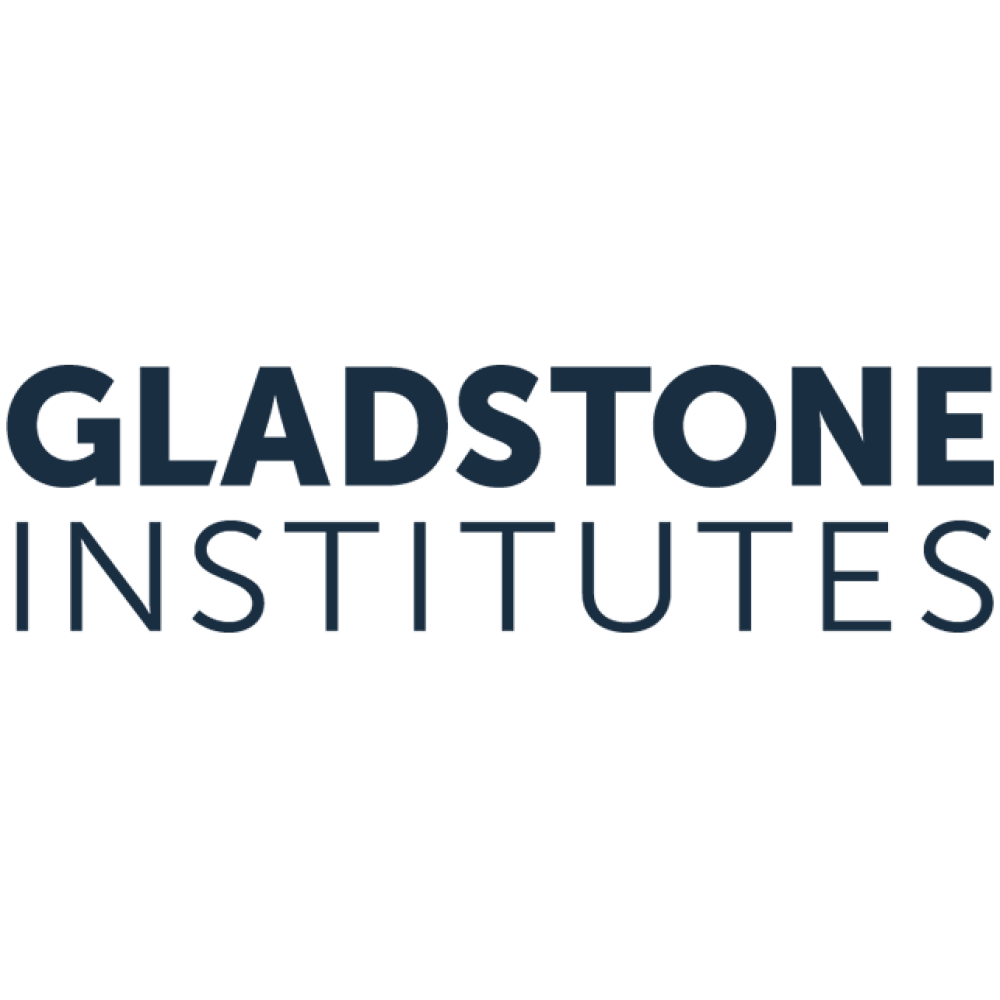
From Chaos to Clarity: New Tool Finds Connections in Complex Cell Data
On May 22, 2025, Gladstone scientists unveiled a powerful computation tool that integrates different forms of biological data to reveal how cell types are related across tissues, experiments, and species—information that’s crucial for understanding disease. Imagine looking at thousands of scattered puzzle pieces and trying to guess what picture they create. Without any reference point, it’s nearly impossible.
In a similar way, biologists today face major challenges when trying to make sense of enormous datasets generated by experiments that profile thousands of individual cells. With so much genomic information at hand—but without much context—it can be difficult to understand how that data translates to human health and disease.
Researchers address this by defining cell types, akin to deciding how to sort puzzle pieces by color or pattern before assembling them. But just as it is hard to collaborate on a puzzle if your partner uses different criteria to sort pieces, scientists have been stymied by how to compare cell types across studies.
Now, a team at Gladstone Institutes has unveiled a powerful computational tool that solves this problem. The new method, called CellWalker2, allows scientists to determine how cell types are related and identify cell groupings that may impact health, leading to a better understanding of the cells they’re studying.
Several years ago, when Pawel Przytycki, PhD, of Boston University was a postdoc at Gladstone, he and Pollard developed the original version of CellWalker to help analyze this data. The initial tool paired ATAC-seq data with RNA sequencing—which provides data on which genes are active in a cell—from the same cell type.
Now, CellWalker2 expands that vision by connecting multiple types of data from the same cell with meaningful biological insights. This additional context—like taking a peek at the puzzle box cover—shows which regulatory DNA is active in each cell type and how closely cells from different datasets align. The tool then quantifies the strength of these relationships, giving researchers a rigorous way to interpret complex biological patterns.
This ability to connect regulatory elements of DNA (which determine which genes are turned on or off) to their cell-specific functions could prove crucial in understanding conditions like autism, schizophrenia, and congenital heart disease.
Tags:
Source: Gladstone Institutes
Credit:
